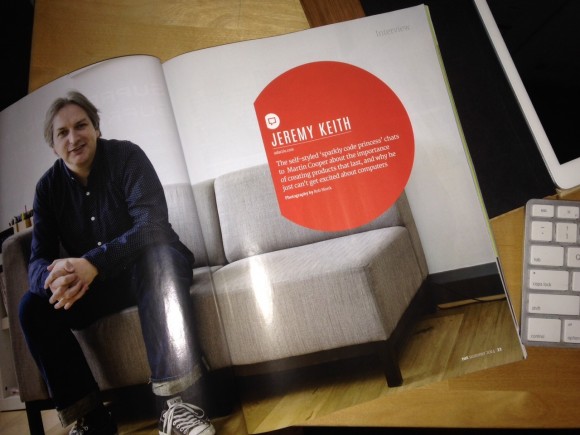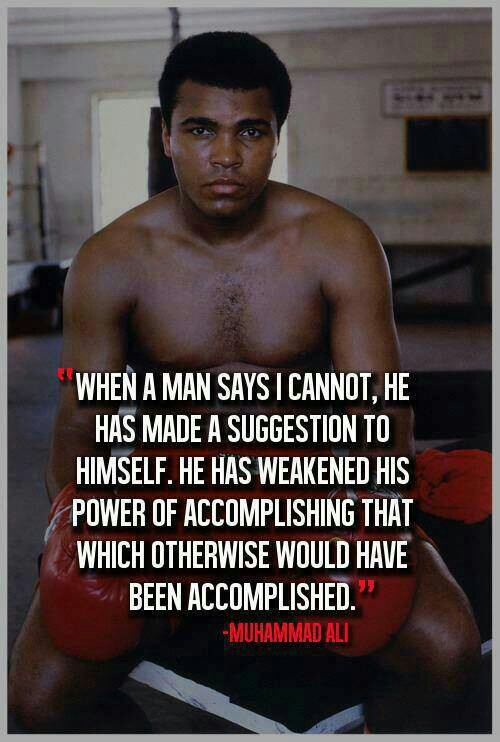 Every day ordinary people live extraordinary true stories. A few weeks ago I met Amanda Lindhout. She’s a smart caring person working hard to raise the level of woman’s education in the failed state of Somalia. The story doesn’t start there. We’ve all heard of the pirates of Somalia, kidnapping ships off the nearby coast. Amanda understands the dangers of Somalia all too well.
Every day ordinary people live extraordinary true stories. A few weeks ago I met Amanda Lindhout. She’s a smart caring person working hard to raise the level of woman’s education in the failed state of Somalia. The story doesn’t start there. We’ve all heard of the pirates of Somalia, kidnapping ships off the nearby coast. Amanda understands the dangers of Somalia all too well.
In 2008 Amanda, a then journalist, was sent on a free-lance assignment to the displaced interment camp of Mogadishu. About 4 days in her journey, she and an Australian photographer were kidnapped. And their horror began. After sometime, they planned an escape. Using a nail clipper they chipped away at two bricks until after a couple weeks were able to dislodge them and escape. They planned to arrive at a nearby mosque around the mid day prayer, when it would be packed with people.
When they arrived no one could understand them. They tried to explain through hand gestures and actions, but it was too late. The kidnappers had heard them escape and arrived shortly after them firing their guns in the air. A lady in the mosque wearing a burqa, the only lady Amanda could see, came over and tried pleading with the kidnappers. The kidnappers listened for a couple minutes and then got annoyed. While the kidnappers were dragging Amanda out of the mosque the lady tried holding onto Amanda until breaking free.
After that it was a truly dark time. Amanda was kept in a dark room, raped and beaten daily. By the time she was released 460 days after intially being taken as a hostage, hair had fallen out and her teeth knocked out. Yet three years later you would never guess the experience she endured. While I was still processing her story she was talking gracefully, clearly at peace. Today she is passionate about helping educate woman in Somalia. She is passionate about making a difference in a place where she was so brutally taken hostage. It’s a remarkable story. And it’s true. Today she has been interviewed by Anderson Cooper, raised millions of dollars for woman half way around the world and is at peace. When I meet people like this I am in awe and I am inspired. I hope it inspires you as well. You can discover more about her story and the cause here http://www.globalenrichmentfoundation.org/.
Comfortable lives do not lend themselves to extraordinary things Stephen Whiting


 Facebook is broken. The site isn’t down, you can still login to your account. The problem is with its business model. Have you noticed how your newsfeed is getting more filtered? When you post something to your Facebook wall, it is only seen by a few of your friends. To prevent people’s walls from being inundated with thousands of posts, Facebook shares your posts with just a few of your friends, then if those friends like your post it is shared with more of your friends.
Facebook is broken. The site isn’t down, you can still login to your account. The problem is with its business model. Have you noticed how your newsfeed is getting more filtered? When you post something to your Facebook wall, it is only seen by a few of your friends. To prevent people’s walls from being inundated with thousands of posts, Facebook shares your posts with just a few of your friends, then if those friends like your post it is shared with more of your friends. In part 1 of this series I posed the question, are you building something bigger than yourself? “
In part 1 of this series I posed the question, are you building something bigger than yourself? “
 Good entrepreneurs intentionally surround themselves with people and activities that motivate them. We know that to win we need to stick with it when the going get’s tough. For some entrepreneurs that means getting good coaches and for others it’s
Good entrepreneurs intentionally surround themselves with people and activities that motivate them. We know that to win we need to stick with it when the going get’s tough. For some entrepreneurs that means getting good coaches and for others it’s 

 Every day ordinary people live extraordinary true stories. A few weeks ago I met Amanda Lindhout. She’s a smart caring person working hard to raise the level of woman’s education in the failed state of Somalia. The story doesn’t start there. We’ve all heard of the pirates of Somalia, kidnapping ships off the nearby coast. Amanda understands the dangers of Somalia all too well.
Every day ordinary people live extraordinary true stories. A few weeks ago I met Amanda Lindhout. She’s a smart caring person working hard to raise the level of woman’s education in the failed state of Somalia. The story doesn’t start there. We’ve all heard of the pirates of Somalia, kidnapping ships off the nearby coast. Amanda understands the dangers of Somalia all too well.
